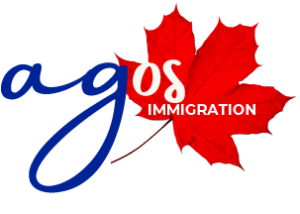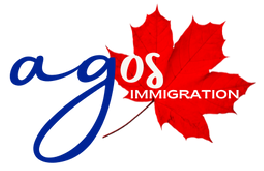‘‘A guide to understanding Maintained Status’’
In a move to ensure transparency and clarity, Immigration, Refugees and Citizenship Canada (IRCC) has updated its public policy guidance on what was formerly known as “implied status,” now officially referred to as maintained status.
This policy allows temporary residents—such as workers, students, and visitors—to legally remain in Canada after their status expires if they apply for an extension before that expiry date. But despite its benefits, the policy comes with significant caveats that applicants need to fully understand.
WHAT IS MAINTAINED STATUS?
Maintained status grants legal permission to stay in Canada while an extension application is being processed—as long as the person does not leave the country. This legal continuation applies only if the application is submitted before the person’s current status expires.
Let’s say you’re on a work permit that expires on July 1. If you apply to renew it on June 30, you’ll automatically maintain legal status as a temporary resident until a decision is made. During this period, you may be allowed to keep working or studying depending on what kind of extension you applied for.
ONE CRITICAL RULE: STAY IN CANADA
A major pitfall is leaving the country. IRCC is clear: if you leave Canada while under maintained status, you lose it. Even if you’re allowed to return as a temporary resident (say, with a multiple-entry visa), your authorization to work or study ends until your new permit is officially approved.
FOR WORKERS AND STUDENTS: IT’S ALL ABOUT TIMING
Workers and students benefit from maintained status only if they apply to extend the same type of permit. If you’re a worker applying to extend your work permit, you can usually continue working while waiting for a decision. The same goes for students applying to extend a study permit.
However, if you apply to switch from a worker to a visitor—or from a student to a worker—you must stop working or studying when your original permit expires.
HOW APPLICATIONS ARE COUNTED
In today’s digital age, even time zones matter. For electronic applications, the system uses Coordinated Universal Time (UTC). So, your application must be submitted before midnight UTC on the date your status expires—not just before midnight in your local time zone.
Paper applications are trickier: they’re time-stamped upon arrival at the processing centre. However, officers may backdate the receipt by seven days to accommodate delivery delays.
THINKING OF TRAVELING? THINK TWICE
Leaving Canada while your extension is under review nullifies your right to continue working or studying until a new permit is issued. Even if you’re exempt from needing a new visa (for example, returning from a short trip to the U.S. or St. Pierre and Miquelon), the work/study permission doesn’t automatically resume upon return.
WHAT HAPPENS IF YOU’RE REFUSED?
If your extension is refused, you’re considered in status only until the day of refusal. From there, a 90 day restoration clock starts ticking. You can apply to restore your status, but you may not continue working or studying during that time.
If your application is rejected because it was incomplete, it’s as if you never applied. In this case, your legal status ends the day your previous permit expired—no maintained status applies.
CAN YOU APPLY AGAIN WHILE WAITING?
Yes—but it’s complex. If circumstances change while waiting for your decision, you can file a second application. Both will be processed. However, only applications submitted before your original status expired will offer you maintained status.
TRP HOLDERS: TAKE NOTE
If you’re on a Temporary Resident Permit (TRP), the rules don’t apply the same way. TRP holders must submit a new application—not an extension meaning they do not benefit from maintained status. You must wait for approval before working or studying again.
FINAL THOUGHTS
Maintained status offers critical breathing room for temporary residents navigating Canada’s complex immigration system. But it’s not a blanket safety net. Timing, type of application, and travel plans all play a pivotal role.
For those unsure how these rules apply to their situation, it’s wise to consult a licensed immigration professional to avoid falling out of status—and potentially out of Canada.




